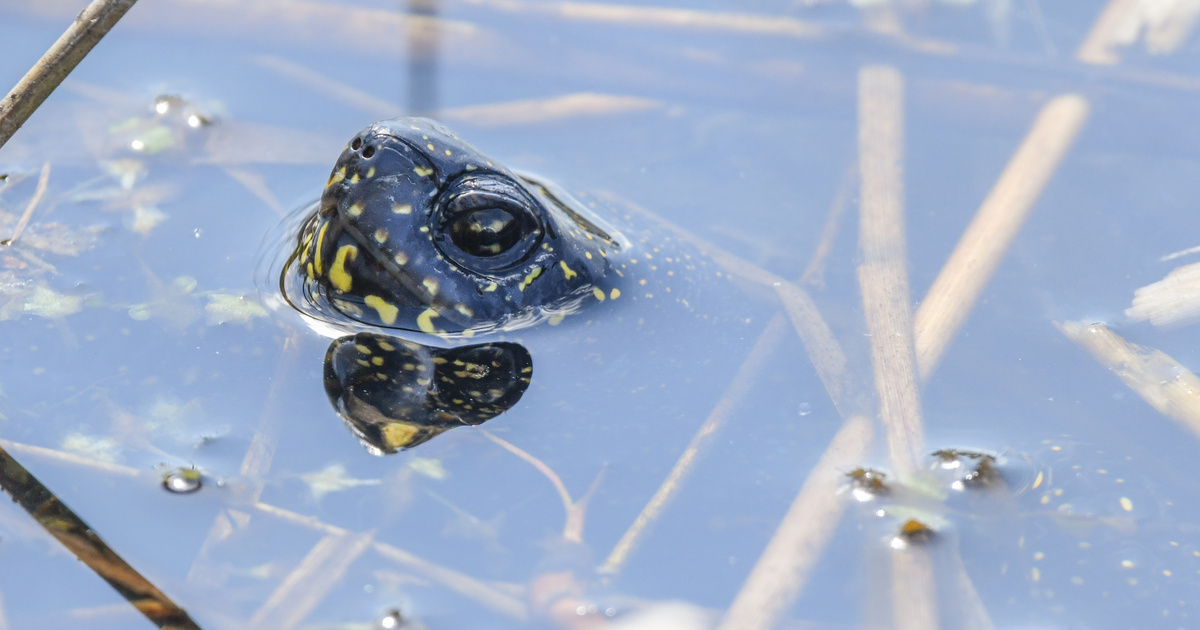Specialists were completely surprised when they found a bog turtle captured for genetic testing in 2006 in the Juniper Parksi area of the Danube-Drava National Park, in the southern part of Somogyi County, near Drava. They were just surveying an egg-laying site on the Aranyospusztai Dam when they noticed identification marks on one of the female’s carapace, which was unusual because there weren’t many examples of the same specimen recovered, especially after such a long time.
But the most unusual thing is that 26-year-old tortoise
from the previous capture site. In other words, it averaged half a centimeter per hour, an outstanding performance even among the slowest animals. Of course, he may not have walked 75 meters in a straight line, but inserted many, many varga letters, but this level of home connection and calmness brought an unexpected realization: even by turtle standards, slow life Lifestyle.
The terrapin, which reaches a length of 10-30 cm, is the only native species of turtle to the Carpathian Basin, and (true to its name) particularly likes habitats of swamps, swamps, quiet backwaters and lakes, especially if they have muddy bottoms and are rich in vegetation. Like the 300, they are funny, clumsy, and clumsy about on land, but much more adept in the water. Therefore, for the sake of accuracy, it is worth saying that their amazingly slow performance is “Try to move the land” It is achieved in a sport called
However, the sample that we have now listened to has surpassed even its analogues, and is completely inferior.
However, it is also a predator, it eats almost all animals smaller than itself, worms, caterpillars, crabs, snails, frogs, and in the greatest peace. It wouldn’t be a problem if red-eared, jeweled turtles, imported by American land breeders, hadn’t shown up here two decades ago. They love exactly the habitat that our native turtles love, and compete with them for food very vigorously. The swamp dwellers retreat in November, leave the shores, crawl to the bottom of lakes and backwaters, burrow into the mud and hibernate. We can also say that it relieves the fatigue caused by riding for a long time.
Their large relatives, the Galapagos giant tortoise, for example, can sprint forward at 400 meters per hour, meaning just the fastest sprinters among them, a real sprint compared to bog turtles. They do this despite having to move a 350 kilo body. Garden snails (Cepaea hortensis) can reach a maximum speed of five meters per hour. However, the star of the animal world in this area is undoubtedly the three-toed sloth (Bradypus tridactylus), which if it feels like it can’t stop moving at four meters an hour. Or not so much, but the whole perpetual sun hangs motionless on the tree, and it would be very difficult to overthrow this world record.
(Cover photo: Arterra/Universal Images Group/Getty Images)












































